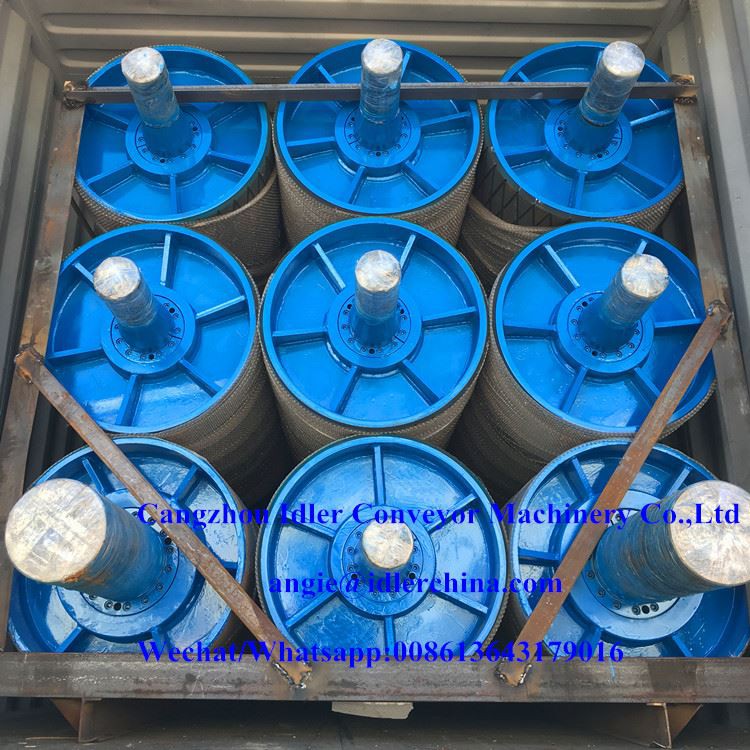 Afrikaans
Afrikaans  Albanian
Albanian  Amharic
Amharic  Arabic
Arabic  Armenian
Armenian  Azerbaijani
Azerbaijani  Basque
Basque  Belarusian
Belarusian  Bengali
Bengali  Bosnian
Bosnian  Bulgarian
Bulgarian  Catalan
Catalan  Cebuano
Cebuano  Corsican
Corsican  Croatian
Croatian  Czech
Czech  Danish
Danish  Dutch
Dutch  English
English  Esperanto
Esperanto  Estonian
Estonian  Finnish
Finnish  French
French  Frisian
Frisian  Galician
Galician  Georgian
Georgian  German
German  Greek
Greek  Gujarati
Gujarati  Haitian Creole
Haitian Creole  hausa
hausa  hawaiian
hawaiian  Hebrew
Hebrew  Hindi
Hindi  Miao
Miao  Hungarian
Hungarian  Icelandic
Icelandic  igbo
igbo  Indonesian
Indonesian  irish
irish  Italian
Italian  Japanese
Japanese  Javanese
Javanese  Kannada
Kannada  kazakh
kazakh  Khmer
Khmer  Rwandese
Rwandese  Korean
Korean  Kurdish
Kurdish  Kyrgyz
Kyrgyz  Lao
Lao  Latin
Latin  Latvian
Latvian  Lithuanian
Lithuanian  Luxembourgish
Luxembourgish  Macedonian
Macedonian  Malgashi
Malgashi  Malay
Malay  Malayalam
Malayalam  Maltese
Maltese  Maori
Maori  Marathi
Marathi  Mongolian
Mongolian  Myanmar
Myanmar  Nepali
Nepali  Norwegian
Norwegian  Norwegian
Norwegian  Occitan
Occitan  Pashto
Pashto  Persian
Persian  Polish
Polish  Portuguese
Portuguese  Punjabi
Punjabi  Romanian
Romanian  Russian
Russian  Samoan
Samoan  Scottish Gaelic
Scottish Gaelic  Serbian
Serbian  Sesotho
Sesotho  Shona
Shona  Sindhi
Sindhi  Sinhala
Sinhala  Slovak
Slovak  Slovenian
Slovenian  Somali
Somali  Spanish
Spanish  Sundanese
Sundanese  Swahili
Swahili  Swedish
Swedish  Tagalog
Tagalog  Tajik
Tajik  Tamil
Tamil  Tatar
Tatar  Telugu
Telugu  Thai
Thai  Turkish
Turkish  Turkmen
Turkmen  Ukrainian
Ukrainian  Urdu
Urdu  Uighur
Uighur  Uzbek
Uzbek  Vietnamese
Vietnamese  Welsh
Welsh  Bantu
Bantu  Yiddish
Yiddish  Yoruba
Yoruba  Zulu
Zulu components of a conveyor system
Components of a Conveyor System
Conveyor systems are essential in various industries, facilitating the movement of goods and materials efficiently and safely. Understanding the components of a conveyor system is crucial for optimizing its performance and ensuring smooth operations. This article explores the primary components of a conveyor system.
1. Conveyors Belts At the heart of any conveyor system is the conveyor belt itself. Made from various materials, including rubber, metal, or plastic, conveyor belts are designed to transport items from one point to another. The choice of belt material depends on the specific application, including considerations such as weight, size, and environmental factors.
Components of a Conveyor System
3. Rollers Rollers support the conveyor belt and facilitate its movement. They are strategically placed along the conveyor to reduce friction and provide stability. There are different types of rollers, including drive rollers, return rollers, and impact rollers, each designed for specific functions and efficiencies.
components of a conveyor system

4. Pulley Systems Pulleys play a vital role in the operation of conveyor systems. They are used to change the direction of the belt and power the movement of the system. Typically, there are two types of pulleys drive pulleys, which are powered by the motor, and bend pulleys, which guide the belt around corners or curves.
5. Sensors and Control Systems Modern conveyor systems incorporate advanced sensors and control systems to monitor and guide operations. Sensors can detect the presence of items on the conveyor, measure weight, and assess speed. Control systems ensure that the conveyor operates smoothly and interacts efficiently with other machinery in the production line.
6. Supports and Framework The structural integrity of a conveyor system is provided by its supports and framework. This includes the frame that holds all components in place, as well as supports that ensure stability. The design must consider factors such as load capacity, safety standards, and maintenance accessibility.
Conclusion Each component of a conveyor system is vital for its overall performance and efficiency. By understanding the roles of conveyor belts, drives, rollers, pulleys, sensors, and framework supports, industries can enhance productivity, reduce downtime, and ensure the safe transport of materials. As technology evolves, further advancements in conveyor systems are expected to create even more efficient and automated solutions.
-
Trusted Conveyor Solutions from Leading Conveyor Idler Roller ManufacturersNewsJun.27,2025
-
Reliable Return Idler Solutions for Efficient Belt Conveyor SystemsNewsJun.27,2025
-
Precision Conveyor Accessories for Streamlined Material HandlingNewsJun.27,2025
-
High-Quality Belt Conveyor Idler Solutions for Efficient Material HandlingNewsJun.27,2025
-
High-Performance Belt Conveyor Pulleys for Reliable Material HandlingNewsJun.27,2025
-
Enhancing Material Handling EfficiencyNewsJun.27,2025





























